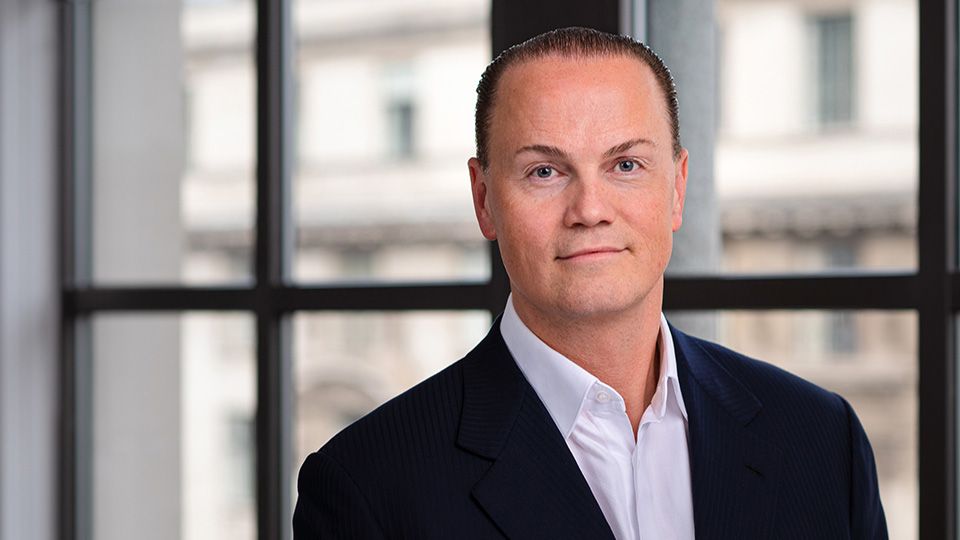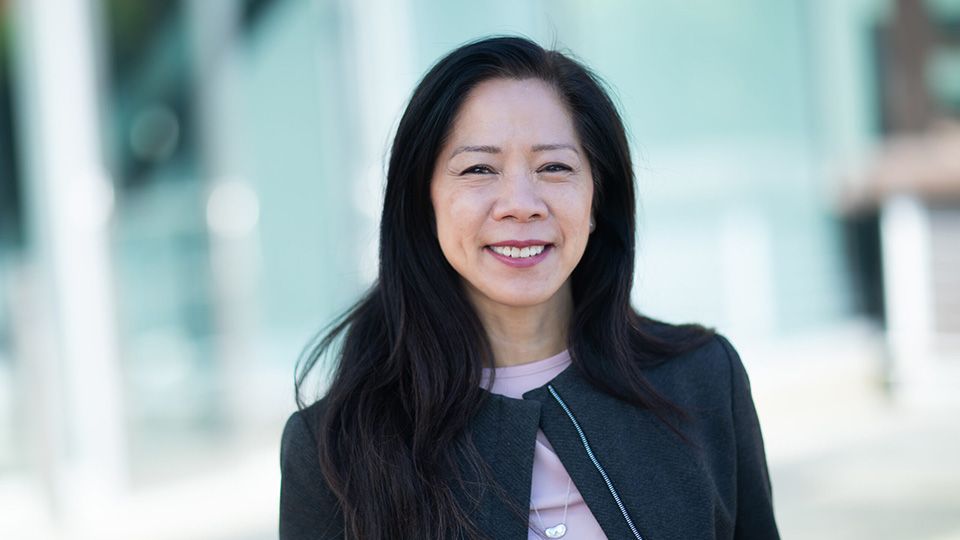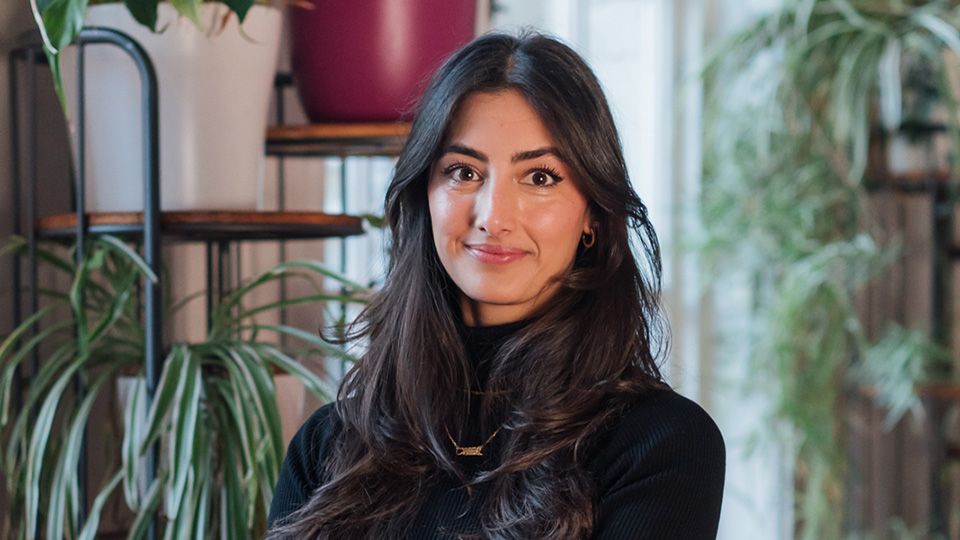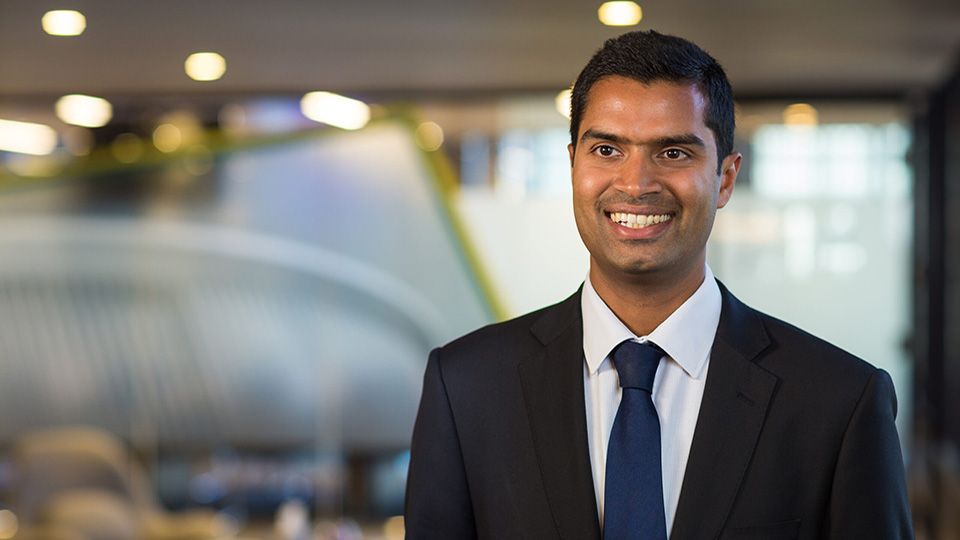For Michael Sieg, who founded impact investment specialist ThomasLloyd exactly 20 years ago, a permanent change of mindset in sustainable investing is not just something to be hoped for – it is quite simply a necessity.
“Fundamentally, it comes down to whether humankind believes there is a need for change – so we achieve a better balance between the resources on the planet that are available and the resources that are used,” he begins.
“Do people even recognise there is an issue? Yes, there was a time when sustainable investing was more like a trend or one possible option but a consequence of that is now there really is a problem here. It is not a question of preferences – it is factual, it is not going away, and it will not solve itself. Yet, there is often a sense people are in rejection mode – that we would rather try to deal with the outcomes than fix that underlying problem.”
The name ThomasLloyd may imply origins dating back to an old City of London bank or insurance firm, but the reality is rather different. Searching for a brand they could protect globally, Sieg and co-founder Doug Brennan eventually fell back on combining Sieg’s given name and Brennan’s middle name.
Had it been the other way round, the firm would have been the arguably more eye-catching, if potentially confusing, ‘MichaelDouglas’.
That rebrand happened in 2007 – Sieg’s original investment banking and advisory business focusing on clean tech and renewables dates back to 2003 – but ThomasLloyd as it is now took shape after its project finance arm struggled after the financial crisis. “We turned the problem into an opportunity,” says Sieg.
“Lots of good projects required support but could not find funding so we incorporated our first fund.
“We made the strategic decision to align all of our business interests – from advice to placement to fund management – under the headline of impact investment, especially infrastructure. We launched our first fund in 2011, since then we have become – and there are both sad and happy sides to this – the largest, most established impact asset manager for energy infrastructure and renewables in Asia.”
Sieg looks back at the Paris Climate Accords of 2015 as a game-changer for the business. “That was the first time a climate conference addressed the developing world – in particular, Asia,” he says. “That is not just part of the problem, it is the place where either we win – we find solutions to climate transition and so on – or we lose. Without China, without India, there is no chance at all we will ever reach net zero.
“Asia emits almost 90% more carbon than Europe and North America combined, so that is where the heavy lifting needs to be done and why we have made a deliberate decision to be active globally. We raised our first billion from two extremes of the investor spectrum. One is private clients, ranging from mass affluent to high net worth, who invest in our investment solutions because what we do matters to them.
“Naturally, we also do a lot of work with development finance institutions, such as the International Finance Corporation and the Asian Development Bank, because they have a political mandate to support energy transition.”
China and India emissions
Education remains a vital consideration for the firm’s impact approach. “This is an area where we are fighting so many perceptions,” says Sieg. “I don’t want to think about a scenario where everything just slips back again, because the reality is we are heading towards a 10 billion global population in 2050. And the problem there is not in the UK or Germany or Switzerland or wherever – Europe’s population is shrinking and ageing.
“No, the problem is in Africa, in Latin America, in Asia – and if these populations continue to trend upwards then we are in serious trouble. We can all cycle tomorrow, ban cars, do everything we need to hit net zero, but Europe is no longer the big portion of the problem. In a similar way, people tend to think about climate as a national issue – if I clean up in front of my own house or around my own town, everything will be fine.
“Not unless you do that on a global scale, it won’t be. That was an interesting realisation from Covid, which was the first time, at least in my life, where you saw people collectively addressing a problem on a global basis – working together, sharing research, information and funding. For good or bad, we live in a globalised world and so, if people commute, the virus commutes. If you don’t wipe it out globally, the problem is not solved.
“And it’s the same with climate – as long as China and India are emitting at the levels they do, we will see rising temperatures and associated climate change, no matter what action we take in Europe. Sometimes it is painful that people are not intellectually capable of thinking ahead on the consequences and acting now – it first needs to hurt personally. Melting icecaps or whatever thousands of miles away can be too abstract for many people.
“That is a good point to take a quick step back and note institutions unfortunately also need this all hammered into their investment guidelines, law and governance requirements.
“With individuals, as I say, you have to focus on education and intermediaries have a significant role to play here – highlighting the right thing to do, giving people a nudge. And while people prefer to invest closer to home, as a colleague put it: ‘Investing in renewables in Europe now is like rearranging the deckchairs on the Titanic – it might look pretty, but it won’t change the overall outcome anymore’. That hits the nail on the head.
“A collective effort is now needed– politics, governance, industry, private, whatever – to gain critical mass and move beyond the point of no return. And that is what I feel – what I hope – I see the first glimpses of in our industry and across different boards: that people actually recognise, OK, this is no longer a voluntary exercise. We are not playing at being good boys and girls anymore. In the end, this is the way it has to be.”
Real-world outcomes
One point Sieg is keen to underline is the importance of differentiating between the broader idea of ESG and the impact approach pursued by ThomasLloyd.
“ESG has become a compliance function – reporting certain inputs, outputs, whatever,” he continues.
“In contrast, I recently saw the Church Commissioners of England put it nicely when they said impact investment is about ‘real-world outcomes’.
“Impact is not about simply creating some statistics or fulfilling some governance criteria – it does not help the planet if we now just create a couple of new matrixes for the financial services industry to report under. Investing has to change the real world we all live in – not least given how lobbyists in Europe have taught us even nuclear and gas are apparently now part of the solution! That is a whole different conversation.
“If you are talking about impact investing, then – by definition – you are talking about additionality in order to change something. That is something a child can understand but, when you look into it further, it tells you one thing: only primary investments – when you finance or invest in the development or construction of a new technology, a new asset, a new renewable energy plant, a new smarter grid, whatever – actually achieve that.
“The biggest single misconception in the market – across both retail and institutional investors – is the idea that, as long as I invest in something I feel is, for whatever reason, ‘sustainable’ – it might be shares in a wind-manufacturing company or even an interest in a real asset – if I buy what we call a secondary asset, I am invested in the right space.
“Well, yes – you are invested in the right space. Perfect. But does it create an impact? The unfortunate answer there is ‘no’ – it’s zero-point-zero of impact – because there is no additionality. Simply changing the ownership of something that already exists – a share already in issue; a plan that already exists – will not create an additional job or take any more carbon emissions out of the air or do anything else more sustainable.
“The single most important element is that you inject new money into the system – which means any question about whether it is better to invest through public or private markets is almost irrelevant. In a sense, that choice will come down to your preferences, your guidance, your investment horizon and so on – you just need to invest in a primary asset. When an asset is already in place, you don’t change the world.”
Change requires time
Asked which sorts of businesses will emerge as the winners and losers of asset management over the next 10 years, Sieg counters that it very much depends on what counts as ‘winning’.
“In purely commercial terms, it will be the organisations that are best gearing up and adapting towards the new needs of industry, consumers and the planet,” he replies.
“Then again, if we only measure ‘winning’ in commercial terms, everyone ends up facing a very different problem. If we continue behaving as we have been for another 10 years, then we will all be in serious environmental trouble collectively. In that sense, then, there will be no ‘winners’ at all – it is just a question of who loses on what scale.
“As far as strengths are concerned, then, real assets, direct investments, direct financing and genuine long-term investments all have to play a much more dominant role in the market. There is nothing here for traders or speculators because change requires time – building a dam or a pensioners’ home or whatever does not happen overnight. And it requires the right governance and the right structures.
“In Europe, for example, the long-term investment fund is a very promising idea, but it became so complex for advisers and investors alike that, in the end, the whole idea struggles to life off the ground. So, we need way more structures that help make impact investable, which is where, for example, listed investment companies can play a very important role.
“Real estate investment trusts are now a multi-trillion-dollar industry globally – so where is the difference between a Reit and an ‘InvIT’ – an infrastructure investment trust? Both essentially involve illiquid assets and stable income streams in a tradable wrapper. In the UK, we have seen renewable energy trusts reaching sizes of £3bn or more – it may have taken 10 or 12 years, but it demonstrates achieving scale is not just wishful thinking.
“Unfortunately, this is an industry where – as my favourite line about institutional investors puts it – ‘everyone wants to be first to be second’. Everyone claims to have industry-leading levels of innovation – yet their first question when you go and see them is ‘Who else is invested with you?’ And then the herd mentality kicks in – a trend that has taken hold since the global financial crisis.”
‘Brutal’ consolidation
For Sieg, this is a big factor in what he describes as asset management’s “brutal consolidation”.
“This is a scalable industry and so you see two sizes of company,” he continues. “The bigger businesses keep getting bigger – way beyond system-critical – and then you see a lot of small- and medium-sized, innovative firms seriously struggling to get to scale. Good businesses open and good businesses close.
“Innovation still plays an important role – and I expect the 10 or 20 largest firms 10 or 20 years down the road will be very different to those at the top today. I suspect the passive boat has sailed while, when it comes to private markets and alternatives, you should see some new market-leaders focusing on sustainability, on impact, on the stuff that matters.
“That is because it is a USP that should enable such businesses to grow more strongly than standard firms. It is certainly something people are keen to affiliate themselves with and we are already seeing a lot of M&A activity in the space. Often, unfortunately, it is for the wrong reasons, so we are also seeing investment managers that were previously independent and could drive the ‘right’ agenda forward being integrated into larger houses.
“I am very curious what their offerings will look like a few years down the line – if they still exist. Fund names change, strategies change, managers change and how much is actually left of these businesses’ DNA? Of their value set and what they stand for today? So, it is a difficult question, and any answer has to start with another question – how do you define ‘winner’? What is the finish line here?”
Quickfire Q&A
Q: What is the best piece of advice you have ever been given?
The greatest threat to our planet is the belief someone else will save it.
Q: What would be your ‘top tip’ to readers to help them run a better business?
Always think long term. Try to anticipate where the world is headed – not only tomorrow or next month but years from now – and position yourself accordingly. When we started ThomasLloyd, we focused on sustainable energy infrastructure decades before the topic became mainstream.
Q: What single issue should most concern professional investors at present?
Global warming is the single most concerning issue – and it will not be solved by focusing on western Europe or the US. If we want to have a realistic shot at a successful energy transition on a global basis, mobilising capital at pace and at scale to support and accelerate Asia’s energy transition is of the utmost urgency.
Q:Does anything about your job keep you awake at night?
I am constantly thinking about how we can further scale what we already do. Our main purpose is to create as much positive impact as possible, so we need to expand our business and grow the strategies we offer for a much broader set of investors. Institutional investors are especially well positioned to support the long-term acceleration of the energy transition as they have the ability and the know-how to take a long-term view on it.
Q: And what most excites you about your job?
The possibility of delivering on what we call our ‘triple return’ promise, which brings together environmental return, social return and financial return – a compelling offering in today’s market.
Q: If you were head of the regulator, what would be your priority?
Financial services and markets have a vital role to play in the transition to a more sustainable future. So, I would aim to create a fruitful regulatory environment in which market participants can manage the risks of moving to a more sustainable economy while benefiting from the attractive opportunities on offer to informed investors.
Q: What advice would you give to someone starting out in investment today?
Don’t do what everyone else does – instead, try to find what you are passionate about. That might very well be a small niche at first but, if you can ‘own’ that niche, the more successful you become, the more it will grow.
A version of this article first appeared in the February issue of ESG Clarity sister title Portfolio Adviser.









